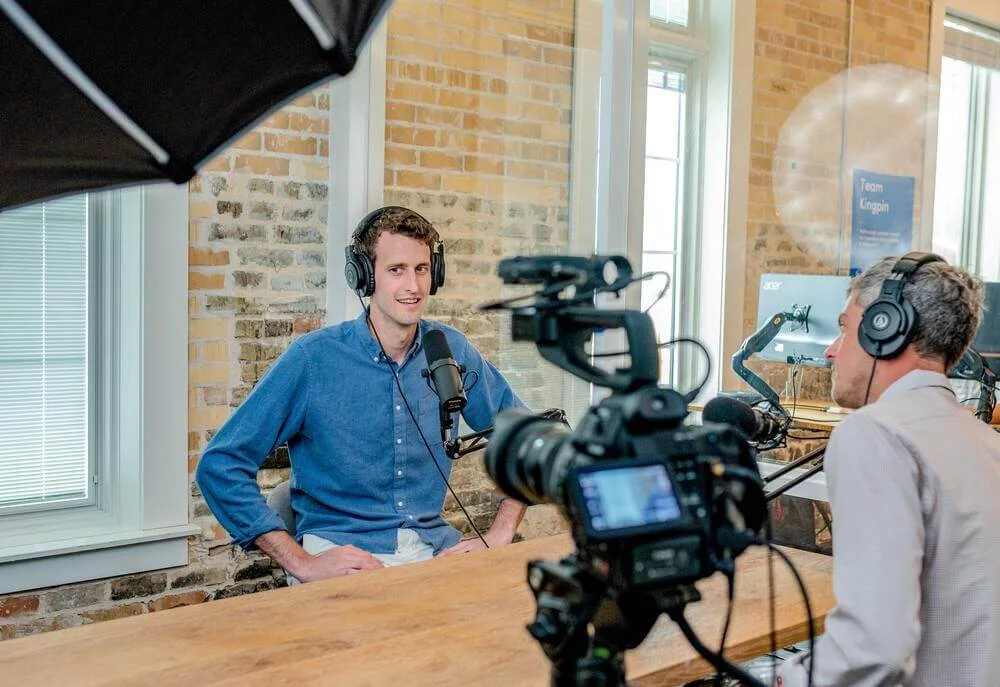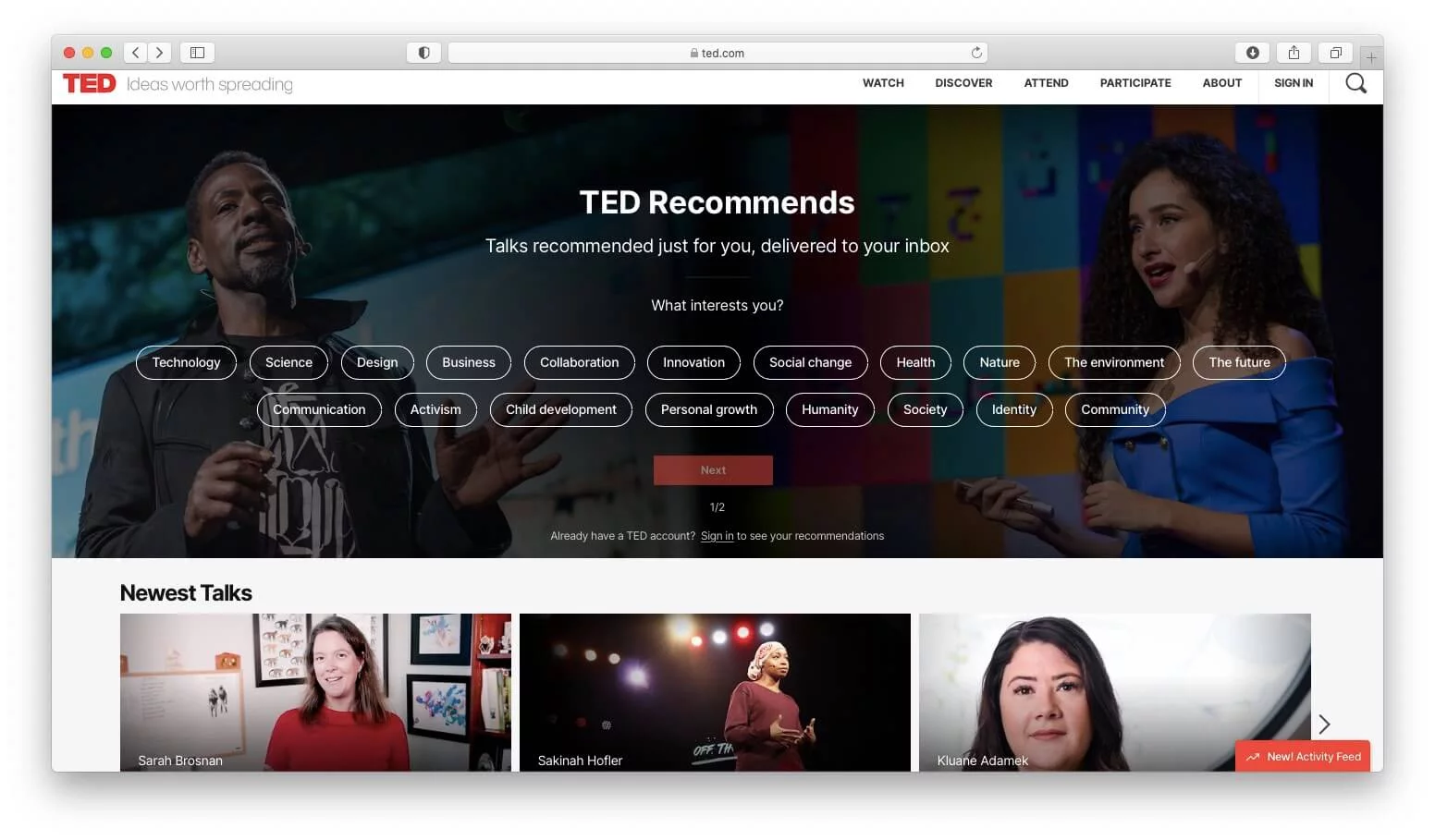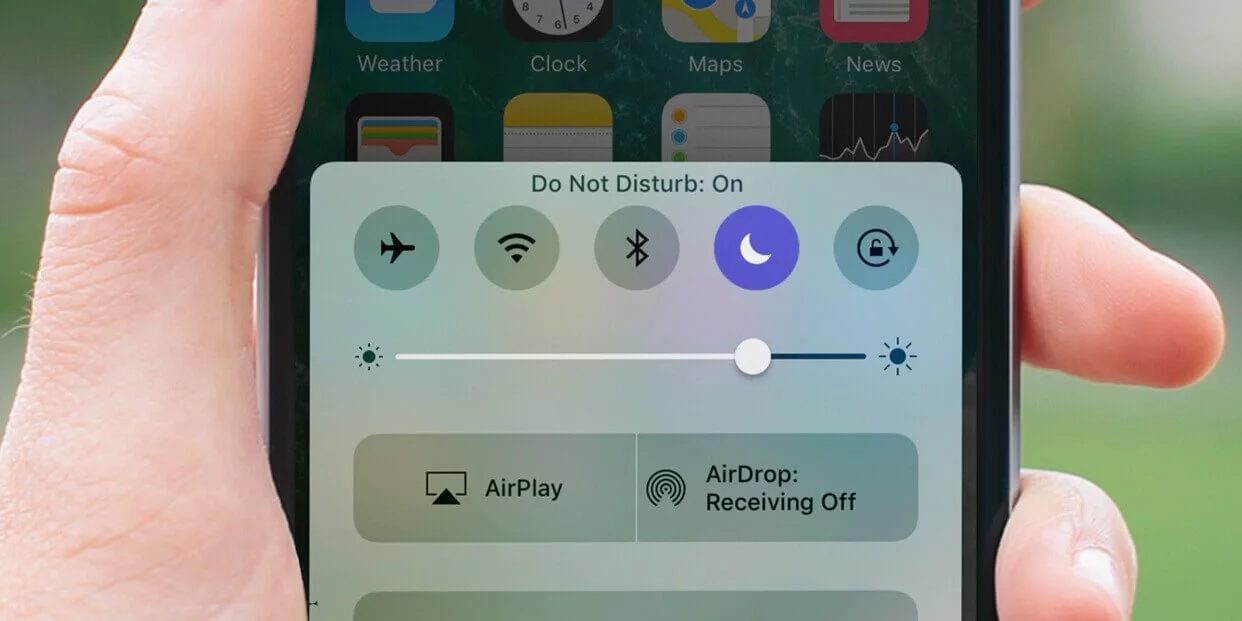
Webinars were already gaining popularity, but they indeed took off. Now, they have positively influenced many aspects of our personal and business lives.
How to Stay Confident During a Webinar?
Summarize with
Table of contents
Even major corporations like Porsche and BMW have adopted this format, using semi-webinars to introduce new products.
There are product webinars, recruitment webinars, niche presentation webinars, and many other ways to leverage webinars to their full potential.
2025 marked a significant leap in digitalization, as many of us had to adapt to working, communicating, and presenting in new ways. While some transitioned smoothly, others found the change challenging.
Not seeing your audience personally and not assessing their emotions and reaction on the spot makes it increasingly difficult to lead the presentation as you were used to.
In this post, we will go into details on how to stay confident during a webinar, so you get the planned results!
1. Learn from the past
Watch your older webinars
If you have ever hosted a webinar before, you can use the best tactic to watch yourself in action. Hopefully, you have a video of it somewhere. Take it out. See what you did well and if there are any aspects, you could improve on for your next webinar.
You could have difficulty speaking in public, as many of us do. This could mean that maybe you came across as more nervous than you would like to. It’s a good reason to find ways to mitigate that. Or, you could find that your audio was not so good. Or that you should speak more clearly or louder next time to make sure you get your point across.
Of course, you could also identify positive aspects. In this case, remind yourself of the tactics you used back then. Either way, watching a past webinar will help give you confidence for the next one.
Watch other webinars
Now, even if you have no past webinars under your belt to learn from and this is your first, that doesn’t mean you can’t learn from the past. Because the past you are learning from doesn’t need to be yours.
Take any opportunity you can to watch others in action. Check out any free webinars, YouTube videos, Ted Talks you can. See what lessons and ideas you can take from them.

Identify some of the tactics the speakers use. Pick the ones that could work for you, too and apply them.
For instance, many people choose to hold something in their hands as they speak. This helps them stay grounded. On the other hand, many speakers choose to wear a darker colored shirt. This helps keep the audience’s attention on what they say rather than what they wear.
You can learn many things from watching other webinars, and they will help you stay confident on your own.
Do a test-run webinar
Another way to learn from the past is to create it from scratch.
Do a test session of your webinar and film it. Invite some family, friends, or co-workers and present your webinar to them. Then, ask for their feedback and see what your make-believe audience thought of your performance.
Presenting your webinar to people close to you before you venture out into the unknown will surely help build your confidence. And, if your test audience is brutally honest, it can also give you the tools you need to improve your public speaking skills.
2. Build your confidence ahead of time
There’s nothing better to help you stay confident during a webinar than knowing a lot about the topic you are addressing. So, it’s only natural that you should invest the time to not only know your presentation very well but more. Research everything you can about the topic. Read, watch videos. Check other webinars on the same topic if you can.
Building your knowledge will build up your self-confidence and help you feel more relaxed when you are presenting and engaging with your audience.
Also, consider any questions you may get. Think about what questions you could expect to get from your audience and have your answers ready. Or, make a list of questions you want to ask your audience at the end of a segment or the webinar. Either way, you’ll want to be prepared for as many scenarios as you can. It’s a surefire way to feel more confident.
Consider preparing a script to ensure you stay organized and confident during and after your webinar presentation. It can be brief or detailed, depending on what works best for you. Some presenters thrive with a highly structured outline, while others prefer having just a few key points and improvising the rest. Explore both approaches to find what helps you communicate most effectively.
You can also use the webinar slides to guide you. Make them short and to the point, and you will be able to use them as your safety net whenever you feel like you’re losing your train of thought.
3. Practice, practice, practice
This may sound a little bit like going back to the first tip. But, there’s nothing better than practice to help you stay confident. Even if you do not give your webinar to a family and friends audience and film it, at least try the mirror.
Practicing your presentation beforehand will help you identify any issues and improve your presentation skills. See how slow or fast you should speak to ensure you are well-understood by the audience. Check if your ideas flow well or if there is anything you should take out or talk more about. Aim to be and to sound as natural and approachable as possible.
A mirror rehearsal is also a good way to become more familiar with your material. It will build your confidence in your knowledge of the subject and make you feel more secure. It’s also how you can calm your nerves because you’ll see how things play out before they actually do.
In addition, a rehearsal is a good opportunity to find any nervous tics you may have that you weren’t aware of before, like moving your arms too much when you talk or playing with your hair. Allow yourself to pinpoint any issues and then fix them.
Also, test your equipment before the webinar. You don’t want your presentation to be overshadowed by any technical issues that you could have prevented. Check the internet connection, the volume of your microphone, the camera’s position, and the slides. A little homework will go a long way.
4. Give yourself some breathing room before
It’s normal to feel anxious and nervous before a big presentation. No matter what some people say, I don’t think anyone has an easy time talking in front of an audience. That’s why right before you dive into the unknown, you should take the time to be kind to yourself. Acknowledge your nerves but don’t let them control you.
To maintain your confidence during the webinar, you will need to ease into it. Don’t show up running. Turn off your phone and spend some time in a quiet room for an hour or so before. Give yourself time to collect your thoughts and build up your courage. Take a few deep breaths and allow your body to release some of the tension.

Go through your webinar in your head. Arrange your ideas in the order you want to present them. Have the main points clear in your mind. This will help you improve your focus and feel more sure of yourself.
Remember to be positive. Harness your adrenaline and use it to give a great performance. You can even give yourself a pep-talk in the mirror right before you start your webinar. A little positivity can make a big difference in your attitude and your ability to stay focused.
Here’s a helpful idea that can make your webinar feel easier and more relaxed. Try to picture yourself talking with a friend or someone you care about, because imagining a friendly conversation can make your nervousness fade away.
5. Set up everything beforehand
As I mentioned, being prepared is how you can stay confident before and during your webinar. To be prepared, you need to also be ready to tackle any technical issues. Testing and checking everything beforehand can help the webinar run smoothly and avoid interruptions.
First, choose a reliable webinar software and test it before. Your microphone and headset also need to be tested and in tip-top shape. Check and adjust the volume. Also, make sure the environment you are in is quiet enough. Avoid any background noises or echoes that could damage your audio’s quality. It’s how you will ensure you keep your audience’s attention.

To tackle any potential issues:
- Don’t join the webinar at the last minute.
- Show up early and check that everything is working properly.
- While you are at it, check the camera’s angle and make sure there isn’t anything in the background that you may not want your audience to see.
As you present your webinar, stay focused on the camera and speak as clearly as you can. Don’t move around in your chair or get fidgety.
Speak slowly and don’t rush through your material. This will help calm any anxiety you may have and keep your mind focused. It will also allow you to communicate and deliver your message better.
Remember that everything you do, along with everything you say, will all translate into how well your audience receives your webinar.
6. Don’t be afraid of dialogue
You could feel that any questions addressed by the audience will disrupt your focus. Depending on how natural you find public speaking, it actually might. However, the dialogue is something you should try to encourage in your webinars.
To avoid being disrupted while you are trying to build a point in your presentation, you can set up certain dialogue moments. For instance, when you are preparing to move on to a new topic, use this opportunity to ask your public if there’s anything they want to dive into a conversation about. Use questions as an opportunity to catch your breath and reset your confidence.
When you receive questions, pay close attention and stay engaged. Make sure your webinar feels like a real conversation by encouraging people to speak up. Focus on the person who asked the question and do your best to give them a thoughtful answer. Your goal is to make everyone feel included and help your audience leave the webinar with a positive impression of the entire experience.
You can also prepare your own list of questions instead of waiting for others to ask. Add your questions to the notes you keep so you can track how everything is going and understand how your audience feels about your webinar while you present it.
Make sure you also have a set of questions for the exit interview. Ask attendees to tell you how they would rate their experience, what they would like to know more about, and if they would attend a future webinar you host.
If you are feeling brave enough, you could end the webinar with a Q&A session. This way, you will be able to get more feedback from them and even get ideas for your next webinar.
7. Use what you’ve learned
While we are on the subject of post-webinar feedback, there are a few ways to go about it.
The best time to ask your audience for feedback is right after the webinar while everything is still fresh in their minds. If you wait a few days, they may forget some details or get busy with other tasks. Make sure to capture their first impressions by sending the survey right away.
If you didn’t hold a Q&A or send a survey right after the webinar, don’t worry! You can still follow up with an email survey a few days later. Just don’t wait too long, or people might forget details. Be sure to thank them for attending and ask them to rate the webinar, provide feedback, and let you know if they learned something valuable.
Last but not least, no matter how you decide to collect your feedback from participants, make sure you also get your feedback on the experience. Record the webinar and play it back. See what you think of your performance. Identify what you think went well and what you could improve next time. Having gone through it once will help you build your confidence and do even better on your next webinar.
Conclusion
Mistakes will happen, it is inevitable. The most important thing to remember is that there is no need to panic. Everyone has been there, so you can just honestly say that something went wrong and that you will correct it.
Usually, it even allows you for a light joke to establish an even more significant relationship with your audience. So no need to be stressed out.
You can be sure that after you go through the webinar several times, speaking to an audience will feel completely natural and you will stay confident.
FAQ
You can review your earlier webinars or watch others to identify what worked well and what could be improved. Watching the past will help you recognize speaking issues like unclear audio or nervous delivery and remind you of good tactics you used.
By researching your topic thoroughly, anticipating audience questions and preparing answers you gain knowledge and reduce anxiety. Having a loose or detailed script and slides as a safety net also supports your confidence.
Rehearsing helps you check pace, flow and body language and familiarises you with your content. It also makes you more comfortable with the material and avoids technical or delivery surprises during the live event.
Give yourself time in a quiet space before the webinar to breathe, organise your ideas and talk to yourself positively. Imagining that you are speaking to a friend can help ease nerves and set the right mindset.
Encouraging dialogue during your session and collecting immediate feedback afterwards helps you engage the audience and evaluate your performance. Then reviewing feedback and recording your session allows you to learn and become more confident for future webinars.

Vlad Falin founded CostOfIncome, a blog sharing tips about online business and digital marketing tools.











